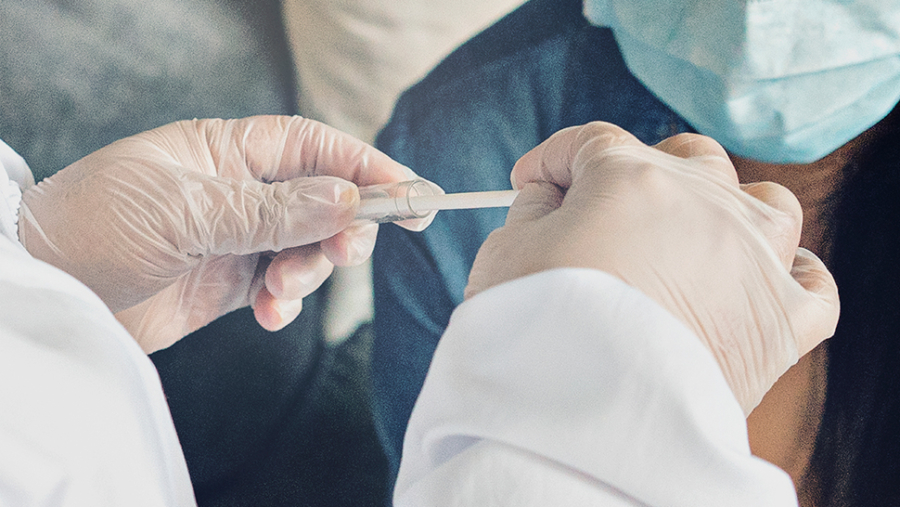
Further guidance in respect of Covid-19 tests for pupils and staff returning to school
18th March 2021

Further to the announcement of the government’s roadmap out of lockdown, all schools in England have begun a staged return to on-site teaching. As part of the return, mass Covid-19 testing is being carried out at secondary schools and colleges. It is important to remember that this testing is voluntary, and the pupil, or their parent or legal guardian, must consent to such testing.
Following three initial Covid-19 tests at school or college, spaced three to five days apart, pupils and students are then offered free at-home testing kits to be carried out twice weekly. In addition, teachers in primary schools, secondary schools and colleges, and any other adults working in the wider school community, such as bus drivers and club leaders, will also be offered free twice-weekly tests.
Whilst it is clear that secondary schools should offer all pupils testing at an on-site Asymptomatic Testing Site (ATS) there has been some confusion in respect of the action to be taken should a pupil or staff member test positive for Covid-19. The government has therefore published guidance and answers to frequently asked questions to assist in a smooth and safe transition back to school.
Negative Covid-19 result
Following their first negative Covid-19 test result, staff and pupils should return to face-to-face teaching, along with those pupils who are not undergoing testing. Staff and pupils will then continue with face-to-face education unless they subsequently receive a positive Covid-19 test result, or they are individually told otherwise by NHS Test and Trace or public health professionals.
Positive Covid-19 test result
If a pupil or staff member tests positive from a lateral flow test carried out at the ATS at school, the individual and the household must comply with the usual guidance in respect of self-isolation. A PCR test is not necessary.
If a pupil or staff member tests positive from a lateral flow test carried out at home, they and their household must comply with the usual guidance in respect of self-isolation and must also arrange a PCR test to confirm the result. If this PCR test then returns a negative result, another lateral flow test can be carried out three to five days after the initial positive test. If this then returns a negative result, the pupil or staff member may return to school.
Where a pupil displays Covid-19 symptoms or receives a positive Covid-19 test on-site, they should arrange to go home as soon as possible. They should be moved to an isolation room, with appropriate adult supervision where required, whilst they await transport home, and should use a separate bathroom where possible. Personal protection equipment must be worn by any staff caring for the pupil, and social distancing measures must be followed.
The pupil should avoid using public transport and, where possible, be collected by a member of their family or household. In exceptional circumstances, age-appropriate children may make their own way home on foot, bike or scooter etc. following a positive test result. In the event that this is not possible, the school may need to make alternative arrangements, and the local authority may be able to assist in sourcing a vehicle to take the pupil home.
At home Covid-19 tests – protecting families
The government has also confirmed that all families and households with primary school, secondary school and college-aged young adults will be offered free, twice-weekly tests. This includes childcare and support bubbles. However, it is the responsibility of the parents and families to arrange for these free tests as schools and colleges will not be expected to provide the test kits to families or administer the family testing process.
Free tests are available to collect from local authority test sites, local PCR testing sites during specific time windows and via a new home ordering service launched on 1 March.
Testing families is a key part of the government’s plan to ensure a safe return to school and will hopefully provide parents and education workers with additional assurance that every step is being taken to make schools a safe environment.
Regular testing can mean that positive cases are able to isolate quickly and limit the risk of classes or whole schools being sent home due to an outbreak. It is hoped that mass testing, however difficult to administer, will keep the school workplace open and running, and help to ensure that children are able to stay in school and get a fully rounded education.










